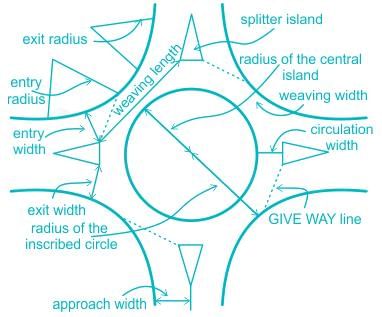Civil Engineering (CE) Exam > Civil Engineering (CE) Tests > Test: Capacity of Rotary - Civil Engineering (CE) MCQ
Test: Capacity of Rotary - Civil Engineering (CE) MCQ
Test Description
5 Questions MCQ Test - Test: Capacity of Rotary
Test: Capacity of Rotary for Civil Engineering (CE) 2025 is part of Civil Engineering (CE) preparation. The Test: Capacity of Rotary questions and answers have been prepared
according to the Civil Engineering (CE) exam syllabus.The Test: Capacity of Rotary MCQs are made for Civil Engineering (CE) 2025 Exam.
Find important definitions, questions, notes, meanings, examples, exercises, MCQs and online tests for Test: Capacity of Rotary below.
Solutions of Test: Capacity of Rotary questions in English are available as part of our course for Civil Engineering (CE) & Test: Capacity of Rotary solutions in
Hindi for Civil Engineering (CE) course.
Download more important topics, notes, lectures and mock test series for Civil Engineering (CE) Exam by signing up for free. Attempt Test: Capacity of Rotary | 5 questions in 15 minutes | Mock test for Civil Engineering (CE) preparation | Free important questions MCQ to study for Civil Engineering (CE) Exam | Download free PDF with solutions
Detailed Solution for Test: Capacity of Rotary - Question 1
Test: Capacity of Rotary - Question 2
Which of the following is a limitation of traffic rotary?
Detailed Solution for Test: Capacity of Rotary - Question 2
Detailed Solution for Test: Capacity of Rotary - Question 3
Test: Capacity of Rotary - Question 4
The practical capacity of rotary is given by the formula, where Qp = Practical capacity, w = weaving width, e = average and p = proportion of weaving to non-weaving traffic.
Detailed Solution for Test: Capacity of Rotary - Question 4
Test: Capacity of Rotary - Question 5
Which one of the following is the empirical formula to find the capacity of the weaving section?
Detailed Solution for Test: Capacity of Rotary - Question 5
Information about Test: Capacity of Rotary Page
In this test you can find the Exam questions for Test: Capacity of Rotary solved & explained in the simplest way possible.
Besides giving Questions and answers for Test: Capacity of Rotary, EduRev gives you an ample number of Online tests for practice
Download as PDF

















